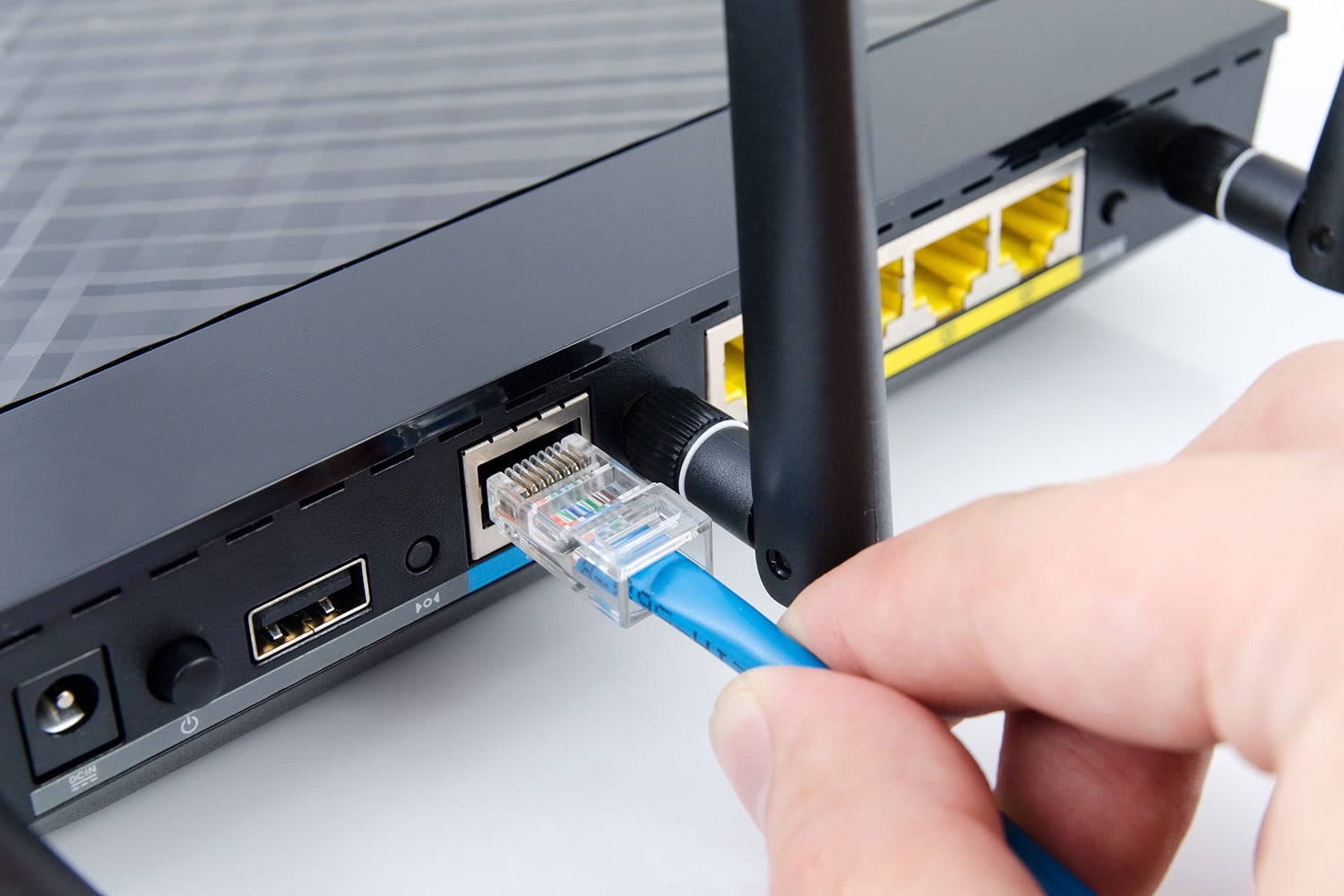Gigabit routers definitely changed the game for all routers and we will explore that in this article.
Routers are used to connect devices to modems i.e. fiber, cable, or DSL modem to allow communication between these devices and the internet. A router is physically connected to the modem and allows a wired or wireless connection. Its main function includes moving, analyzing, and receiving internet data packets within or between the networks. Computers and devices connected to a network can be kept safe from an attacker due to the firewall setting enabled in the router’s security tools. Its firmware software is constantly updated so that it can continue to take on new and upgraded challenges.
Types of Router
There are five common types of routers, each having different functions.
- Wireless. As the name suggests, the wireless router provides a wireless connection between devices and the internet. If a mobile device is within range, it can connect to the wireless network connection. Security is provided with an authenticated username and password that other devices can use to log in. Due to this security, information is protected. However, wireless connections in public places are open for anyone to use and therefore, open to threats as well.
- Wired. A wire is available to connect to a network. In banks, or small colleges or offices, PCs and laptops are connected to the internet with an Ethernet cable which is the wired router. The wired connection also allows for voice-over IP technology to connect to the phone.
- Edge. Edge routers are seated at the edge of the backbone of the network and can be connected to the core routers. It is available in both wired and wireless forms and will distribute data packets between networks. However, it doesn’t distribute internet data packers within the network.
- Core. This kind of router is designed to operate in the core section of the internet. It can support multiple telecommunication interfaces at the highest of speeds. It can also forward IP packets at fast speeds. The routing protocol, that is used in the core, is supported by the core router. The core router can distribute internet data packets within the networks, but not between the networks.
- Virtual. The virtual router acts as a default for the computer sharing network. This type of router becomes active when the primary router fails to operate and gets disabled, hence it has a function of virtual router redundancy protocol or VRRP. A virtual router can take multiple routers in a group to share a virtual IP address. It also has a master for each group that can handle IP packets. If one master fails to forward internet data packets, then other routers will carry out this activity.
How is a gigabit router different?
The main difference between a gigabit router and a standard router is that a gigabit router can handle the transfer of speeds up to one gigabit or 1000 megabits in a second when it is plugged in by cable. No router other than gigabit can handle these speeds. The maximum speed a standard router can go is up to 100 Mbps.
When does one need a gigabit router?
Having a gigabit router can be a bit pricey so one needs to make sure that they are getting it for the right reasons, otherwise, they would just be wasting money for speeds on a router that they don’t really need. Most internet routers have gigabit features anyway, but one still needs to consider scenarios to make a logical purchase.
- If one needs to constantly download heavy files in super high volumes, a gigabit router would be the best option to get those downloads complete much faster.
- Gamers need to download lots ofmany games. Games are naturally heavier and require a good internet connection for smooth streaming. Gigabit router won’twill not eliminate pings or lag, but it might potentially reduce it for faster streaming.
- A Gigabit router is also needed in a situation when one is transferring large files or large amounts of data between networks. A high-speed router will facilitate for faster transfer of large files.
- If the internet service that one has applied for is somewhere between 100 and 1000 Mbps, e.g. 500 Mbps, but the speed doesn’t go beyond 100 Mbps, then one should consider going for a gigabit router to at least make use of the extra speed.
One should reach out to their service providers and ask for a gigabit router that can handle the speeds their service is providing them. This is applied in cases when speeds have been upgraded but the router has not, and in this case having a gigabit router would make sense. With Xfinity internet prices, one can also avail such routers to make use of the fastest speeds for their required online activities.
To sum it up, the gigabit router definitely made a difference in its functionalities as compared to other standard routers. However, realistically, not everyone needs a gigabit router since it’sit is specifically made for certain online activities only. It should also be noted that if one wants gigabit speeds, he will need to make sure that the rest of his network is set up for these speeds, which includes making sure that any Ethernet cables he uses can provide gigabit internet connection, and that any devices he is connecting to can support these speeds.

